Conscious Conservation: Our Highlights & Goals
Singita's enduring purpose is simple, but also critically important to the safekeeping of Africa's most precious wilderness areas: conserve and protect the miraculous places of which we are custodians. With a million acres of land under our care, it is a mammoth task to bring together wildlife conservation, eco-friendly tourism, and community support, but one that is passionately undertaken by our dedicated teams in South Africa, Zimbabwe and Tanzania.
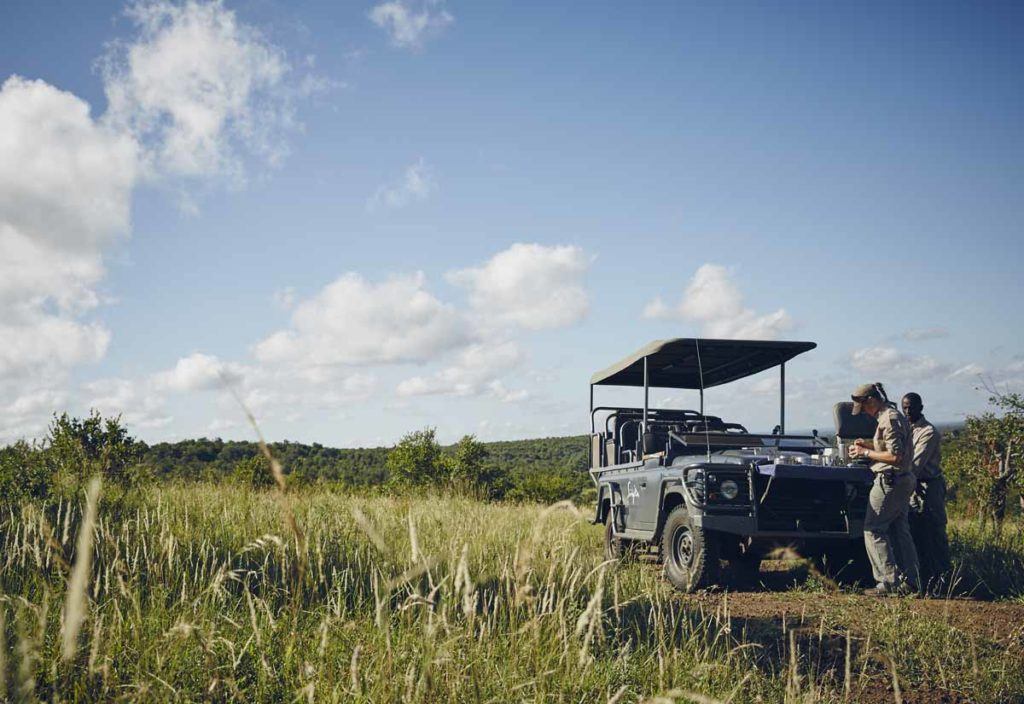
Maintaining the essential relationship between environmentally conscious hospitality, sustainable conservation and the empowerment of local communities has resulted in some extraordinary achievements over the past two decades, such as successful species reintroduction at Singita Pamushana and the re-establishment of the Great Migration in the western corridor of the Serengeti. As we commence another year of this painstaking but wonderfully rewarding work, we asked Neil Midlane, our Manager of Conservation Projects, to share some highlights from the past twelve months, and identify Singita's conservation goals for 2017:
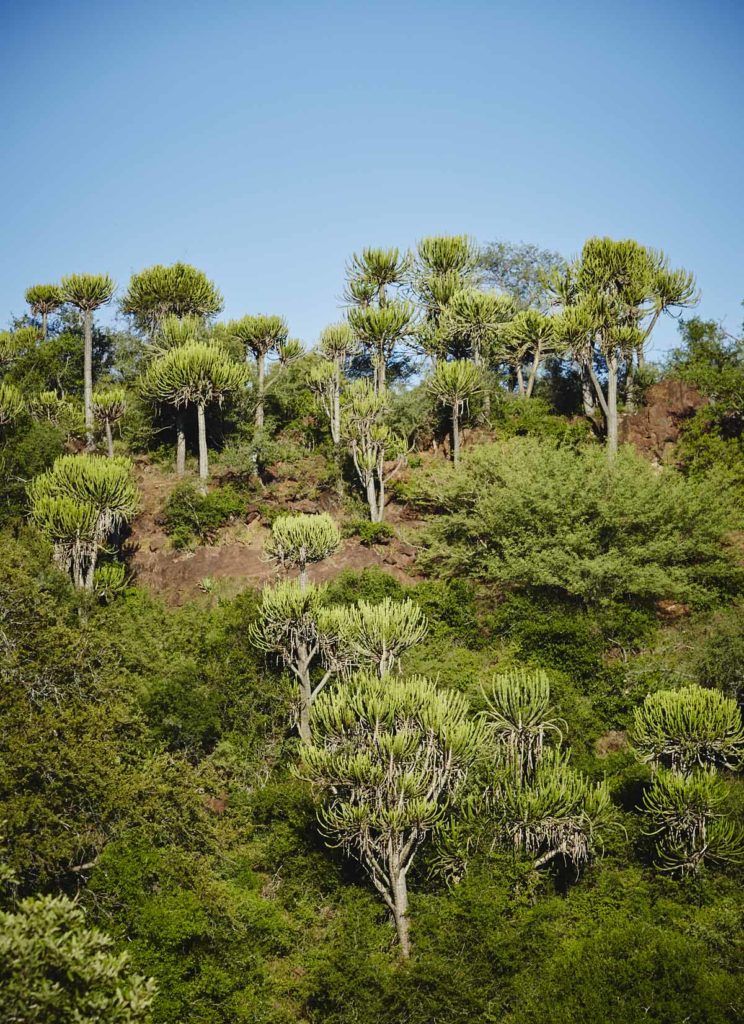
Singita Serengeti, Tanzania
CONSERVATION HIGHLIGHTS OF 2016
- The latest aerial survey in the area shows that the elephant population in Singita Grumeti is now over 1,500 animals. The trend continues upwards and, considering the results of the Great Elephant Census, where Tanzania’s population has dropped by as much as 60% over the last 5 years, this is an exceptional achievement.
- The successful reintroduction of endangered wild dogs; a joint venture with the Tanzanian government. The pack now consists of 17 individuals, which includes 5 pups that were born this past year.
- The most recent aerial survey of the riparian areas of the Singita Grumeti system had the highest count of lion to date. Although this type of survey does not give a population estimate, the upward trend in the population is very positive.
CONSERVATION GOALS FOR 2017
- Plans are in place to deploy a new canine anti-poaching unit, as well as a drone programme to assist in anti-poaching operations.
- Grumeti Fund (GF), in partnership with Vulcan Inc , is rolling out a new Domain Awareness System; a technology platform that links all the anti-poaching units and technological support into a single, live system that allows managers to better understand and react to the tactical security situation at any given time.
- GF plans to source an east African black rhino male from Ngorongoro in early 2017, with a view to sourcing further individuals later in the year to develop a breeding programme for the species at Singita Serengeti.
- A camera-trapping survey is due to commence in February 2017. The purpose of this project is twofold; the first goal is to enable more sustainable monitoring of wildlife populations in the long term, as well as enhanced wildlife monitoring through the inclusion of nocturnal and small mammals. The second objective is to provide science-based evidence to aid in effective decision-making in the mitigation of human-wildlife conflict in the western Serengeti.
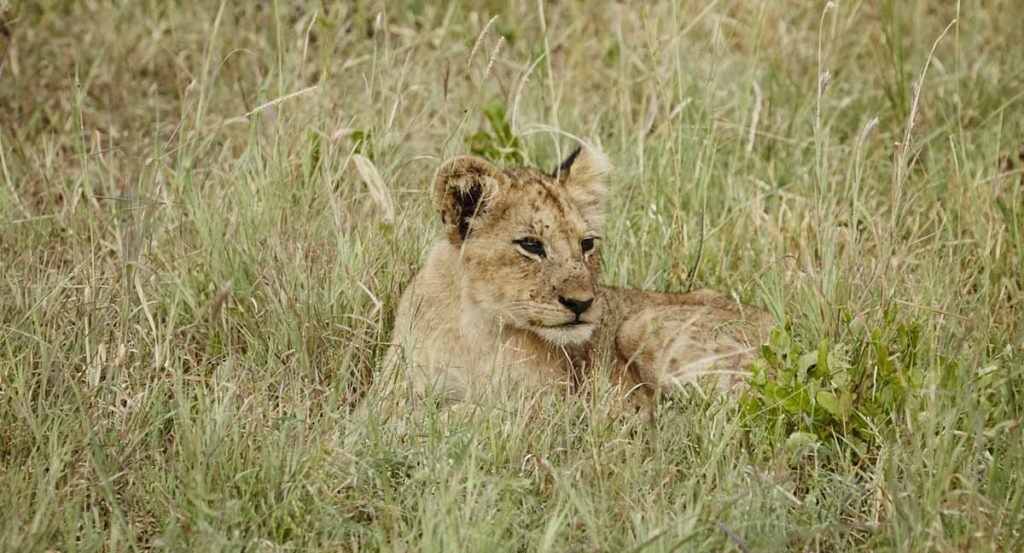
Singita Kruger National Park & Singita Sabi Sand, South Africa
CONSERVATION HIGHLIGHTS OF 2016
-
Singita Kruger National Park:
- Four new anti-erosion structures were completed to protect sensitive sites
-
Singita Sabi Sand:
- Erosion reclamation of seven new erosion sites repaired and repairs to old gabion structures at nine sites
- Fixed point photography of 12 sites recorded for 2016 drought and recovery records
CONSERVATION GOALS FOR 2017
-
Singita Kruger National Park:
- This year, we hope to see the establishment of new post-graduate research project(s) on the reserve, facilitated by Singita who will provide accommodation, meals and a vehicle to a student. This is also on the cards for Singita Sabi Sand.
- There is potential to support a rhino research project with SANParks in the Kruger National Park, with the aim of gaining a better understanding of rhino spatial behaviour and enabling more focused and efficient anti-poaching efforts.
- We would like to initiate a vegetation monitoring technique for projected fire management and to monitor veld conditions.
-
Singita Sabi Sand:
- Upgrading of the existing K9 anti-poaching unit to a full 12-man team with four permanent DH4-qualified dogs and handlers
- The installation of a full geographic information system for all past and present environmental records
- The rollout of an alien plant management system to manage potential infestations caused by drought denudation
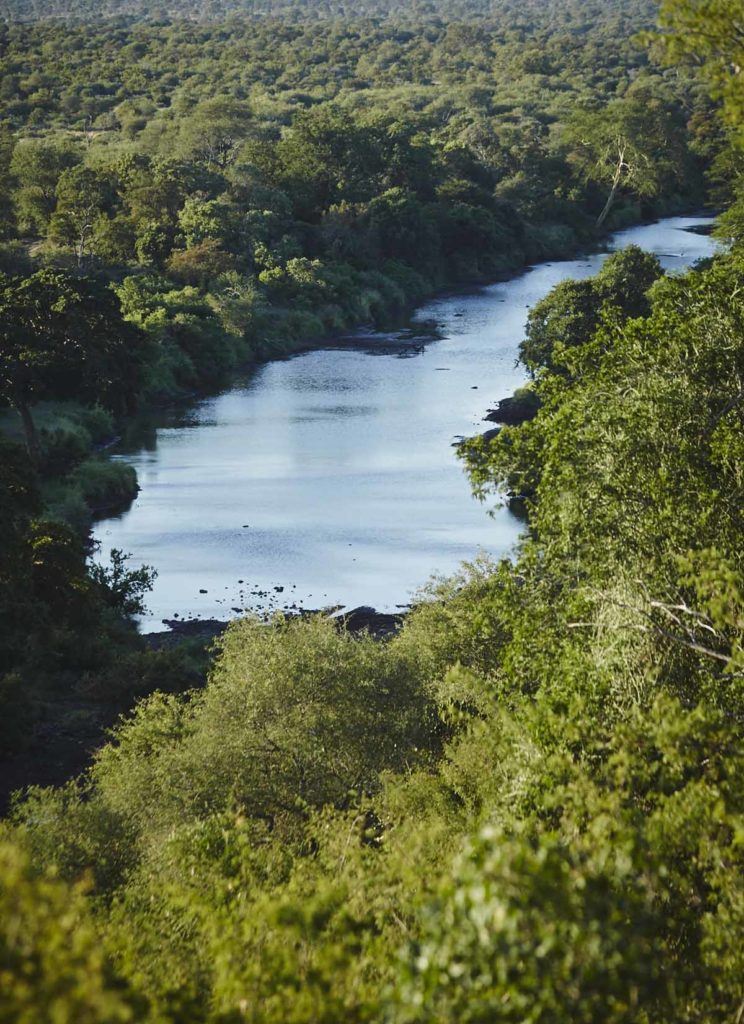
Singita Pamushana, Zimbabwe
CONSERVATION HIGHLIGHTS OF 2016
- Many large mammal species are at or near ecological carrying capacity, so we are in a position to relocate game to other reserves where game numbers are down. This includes endangered black and white rhino.
CONSERVATION GOALS FOR 2017
- Greater collaboration with Gonarezhou National Park [adjacent to the Malilangwe Wildlife Reserve, which is home to Singita Pamushana Lodge] in terms of anti-poaching work.
- Relocation of black and white rhino to other reserves in order to bolster populations there, and increase the population growth rate in Malilangwe.
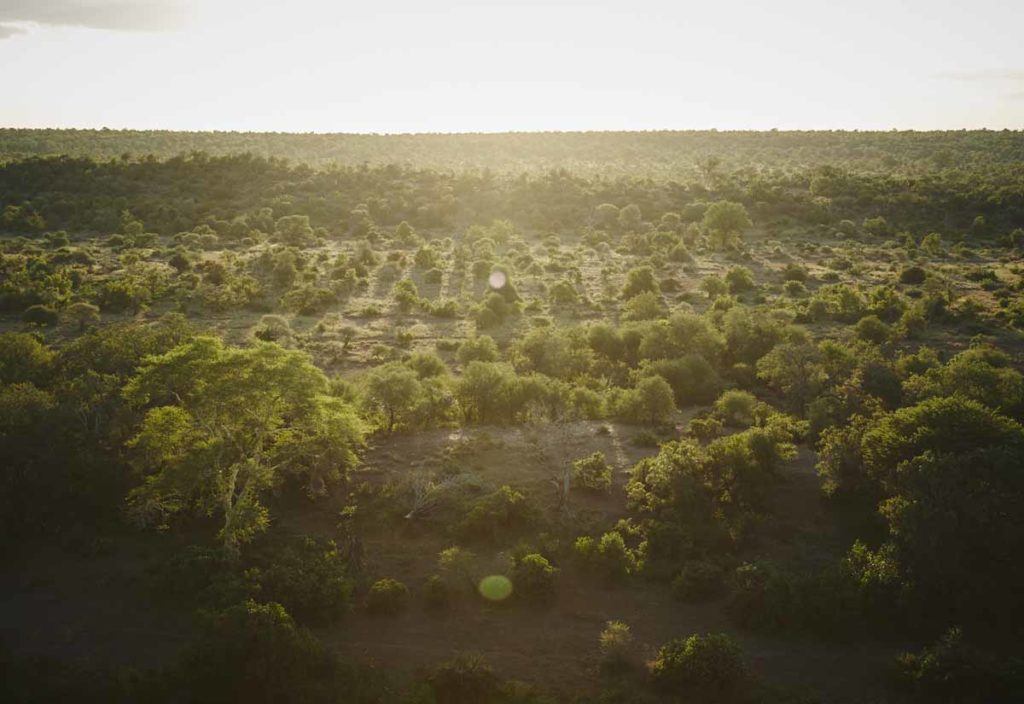
Conservation lives hand-in-hand with ecotourism and community development at Singita. We believe it’s the responsible way to maintain and extend the sustainability of our wildlife reserves. You can learn more about the specific projects underway in our various reserves and concessions by browsing the Conservation tag on the blog.